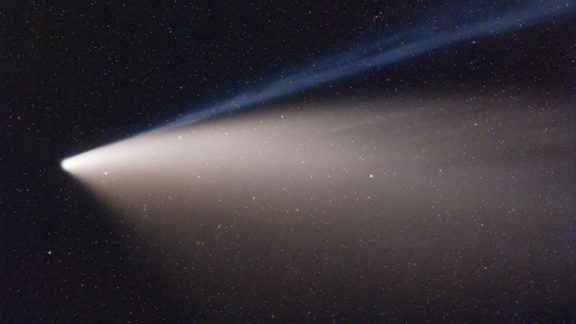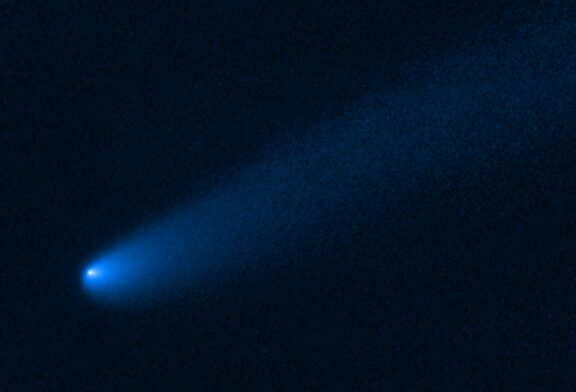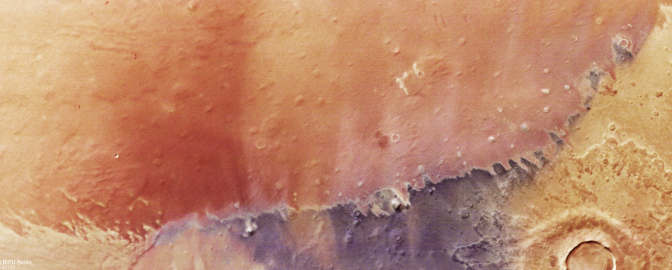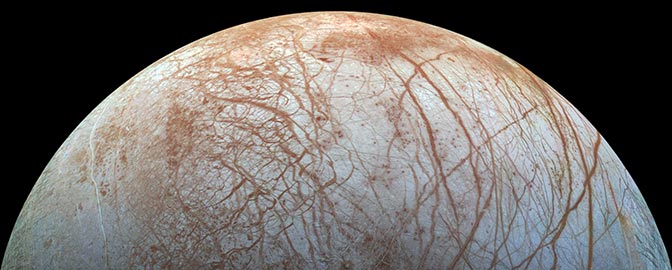How to spot comet SWAN (C/2025 F2)

Written by
Asa Stahl, PhD
Science Editor, The Planetary Society
April 10, 2025
Update: comet SWAN may be disintegrating as it approaches the Sun. If so, it will dim and soon will no longer be visible.
What is comet C/2025 F2 (SWAN), or comet SWAN?
Comet SWAN is a bright comet that is about to fly past the Sun. Right now, it is possible to see the comet just before sunrise from some parts of the world.

Comet C/2025 F2 (SWAN), also called comet SWAN25F or comet SWAN, gets its name from how it was discovered. The "2025 F2" comes from it being the second comet discovered in late March of 2025, while the facility that first spotted it is called the Solar Wind Anisotropies (SWAN) instrument on NASA's Solar and Heliospheric Observatory (SOHO) spacecraft. Since its initial discovery, amateur astronomers and scientists around the world have made dozens more observations of this comet. Some tracked comet SWAN in hopes that it would become extremely bright — and now, there are signs that it may do just that.
Comet SWAN has gotten significantly brighter since its discovery. It now presents a beautiful sight through a small telescope, and if the comet continues along its current trend, it could become bright enough to be visible to the naked eye — possibly even from the heart of a city. But it's notoriously hard to predict exactly what comets will look like in advance. SWAN might not brighten enough to be visible to the naked eye, or it may brighten only to break apart as it reaches the closest point in its orbit around the Sun, called “perihelion.”
Only time will tell. You can track how bright comet SWAN is by checking the IAU Minor Planet Center or the Comet OBServation database (COBS). Keep in mind that the comet may seem brighter on paper than it really looks in the sky because, unlike a star, a comet’s light can be spread over a broad area of the sky.
When to see Comet SWAN
If you're in the Northern Hemisphere, the next two weeks may be the best time to see comet SWAN. Unless the comet gets significantly brighter soon, you'll need a telescope to catch it.

The comet should be visible before sunrise near the horizon in the northeast. As April goes on, SWAN will appear very slightly lower in the sky and be harder to spot — though it may also get brighter at the same time — until eventually, in late April, it begins to appear during evening hours. The waning Moon, which is set to become a new Moon the night of April 27, may help make observing the comet easier during this time.
By early May, comet SWAN will no longer be visible from most of the Northern Hemisphere. But from the Southern Hemisphere, it will become easier and easier to see the comet just after sunset above the horizon, and every day, the comet will start the evening higher in the sky. Depending on changes to its brightness, this may be the best time for observers in the Southern Hemisphere to spot comet SWAN.
Where can I watch comet SWAN?
Comet SWAN is visible from both the Northern and Southern Hemispheres, though the best time to check it out will depend on where you are and how the comet may change over time. Observers in the Southern Hemisphere may have the best opportunity to see the comet in May, while those in the Northern Hemisphere will be able to spot it best in April.
At its current brightness, a small (or larger) telescope with a wide field of view is your best bet for seeing comet SWAN. Be sure to go somewhere with a good view out to the horizon, since the comet will not appear very high up in the sky. If you live somewhere with intense light pollution, like the heart of a major city, you will have better odds of spotting the comet if you travel to a darker location farther from lights.

How to see comet SWAN
In early April, look near the constellation Pegasus above the northeastern horizon shortly before sunrise. Use a telescope to spot the comet, since right now SWAN is dim enough that it would be extremely difficult to see with the naked eye. As the month goes on, the comet will appear closer to the constellation Andromeda, then the constellation Triangulum.
In May, observers in the Southern Hemisphere should look to the constellation Taurus above the western horizon shortly after sunset. Your ability to see the comet with your naked eye will depend on your eyesight and where you live. No matter what, stargazing from a darker location will give you the best views.
Try to go somewhere with a good view out to the horizon, since the comet will not appear very high up in the sky. Let your eyes adjust to the dark for several minutes. If you’re using both eyes, look slightly above the comet instead of keeping it in the center of your vision. This “averted vision” technique will help you make out details better in the dark sky.
What is a comet?
Comets are small, irregularly shaped worlds of rock and ice that survived the formation of the Solar System — or that were born out of collisions between other Solar System bodies — and that now orbit the Sun. Comets are similar to asteroids, but more icy because they formed farther from the Sun and continue to spend most of their time there. When they do come closer to the Sun, comets warm up and throw off gas and dust, giving them tails.
Support our core enterprises
Your gift today will go far to help us close out the year strong and keep up our momentum in 2026.
Donate

 Explore Worlds
Explore Worlds Find Life
Find Life Defend Earth
Defend Earth

